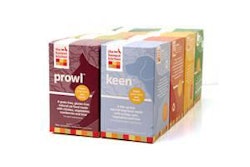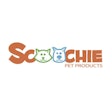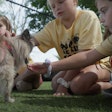According to newly released data, more than half of the 171 million cats and dogs in the US are overweight or obese, resulting in an expansion in the market of pet weight-loss technology and products, says an article in the Wall Street Journal.
Such products include software for veterinarians to track a pet's "Body Condition Score," a blood test that can determine animals' body-fat percentage, Weight Watchers-type pet diet plans and dog treadmills. "Obesity in pets is almost the equivalent of smoking in human medicine," said Steven Budsberg, director of clinical research at the University of Georgia College of Veterinary Medicine. "There's the high cost to people, and it's self-induced. I never met a German Shepherd who could open the refrigerator or food bag and pour himself another bowl."
The Body Condition Score software, being rolled out in 770 Banfield hospitals, will require veterinarians to give a score on a scale of one (too thin) to five (obese) during routine office visits. The idea is to open up communication between doctors and pet owners about their pet's condition. Many petfood makers are coming out with weight-reduction food systems to help with pet weight loss, while the pet industry has seen sales of specialty dog treadmills increase by 200% since 2007.
Pet camps and resorts have begun offering programs that get both pets and their owners on the weight-loss track. "It goes to the dynamic of people looking like their pets," says Heidi Ganahl, CEO of Camp Bow Wow. "If the owner is focused on health, then the pets will be, too."
















